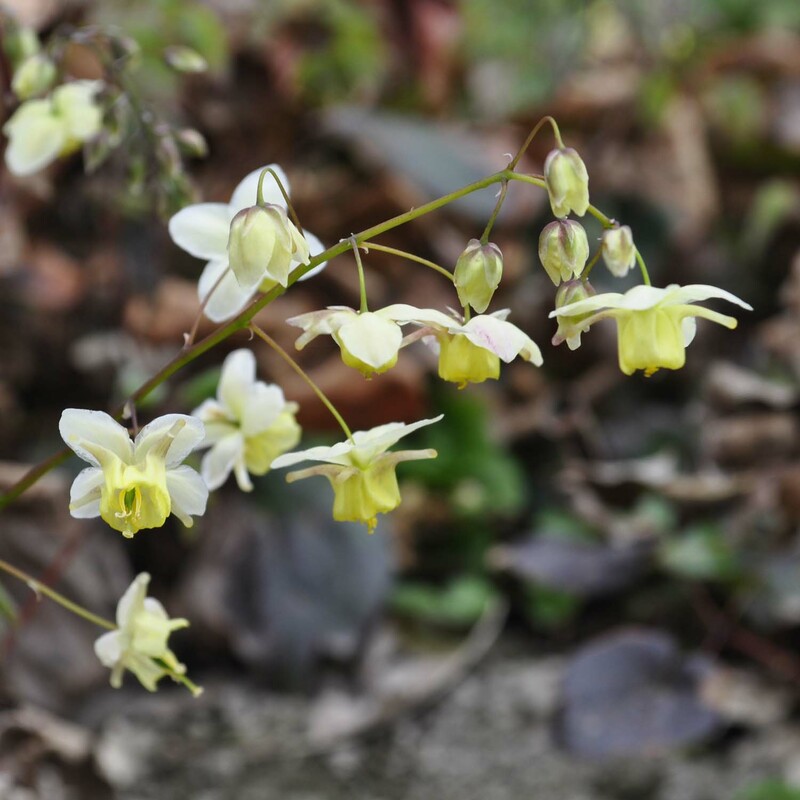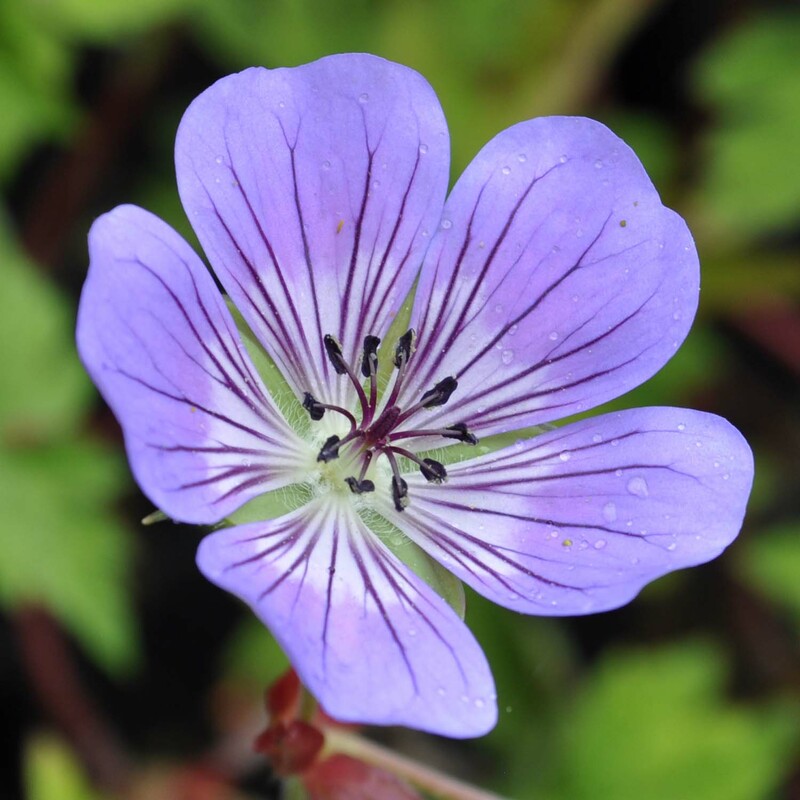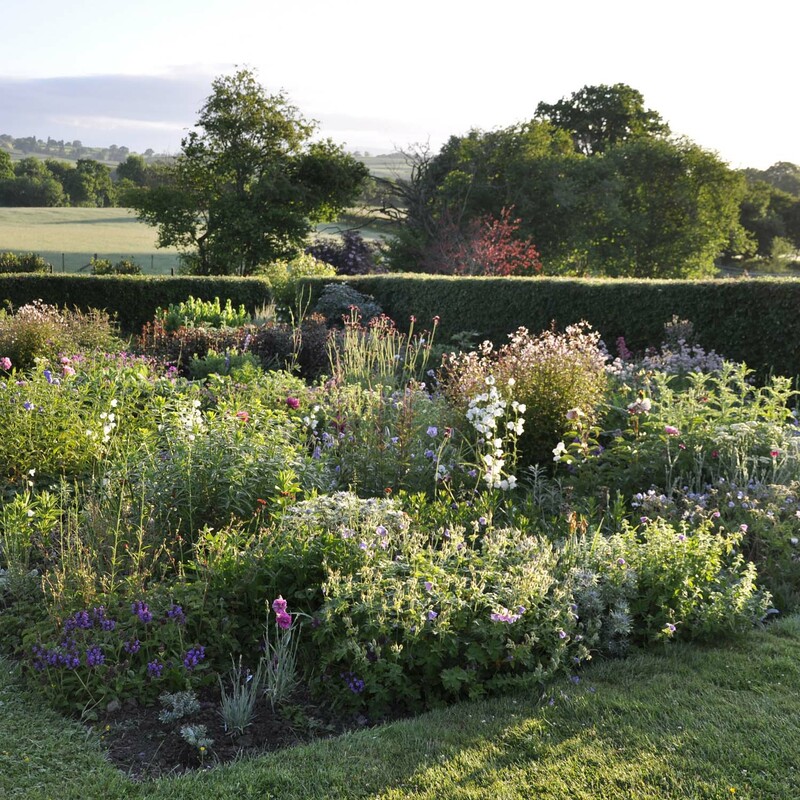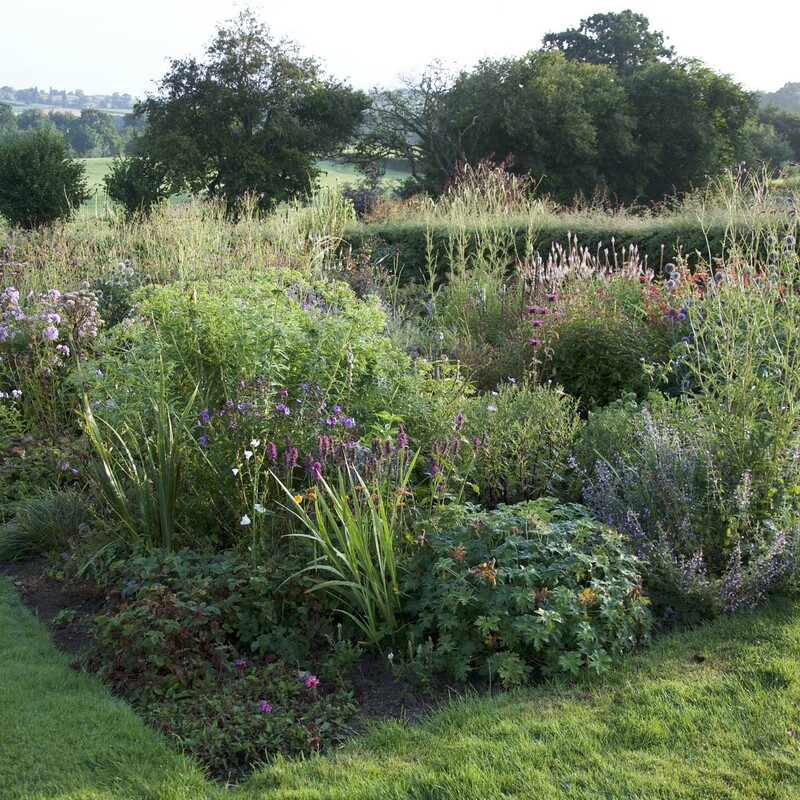Shop All Perennials - Page 89
Choosing Perennials





There are perennials for every location:
Persicaria and Veronicastrum love moist soils, Salvia and Scabiosa for well-drained soil, Stachys is idea for dry soil, Hostas for shade, Sedum for full sun.
The sheer choice of hardy perennials to grow can be daunting, especially for anyone new to gardening. Before you order from our online plant nursery, here are some helpful guidelines that might help with what to grow:
The main things to consider
- Soil: What type or types do you have in your garden? (Be aware that soil in one area may be different to that in other areas.)
- Light: How much will the plants get?
- Height of plant: How tall do you want the plants to grow?
- Width of plant: How wide (the spread) do you want them to be?
- Flowering time: When do you want them to flower?
- Colour: Which flower colours do you like?
Other things to consider
- Length of flowering time: How long do you want a plant to stay in flower. Does it matter if the period is fairly short?
- Easy to grow: Is it an easy plant to grow?
- Wildlife: It is a pollinator friendly plant?
- Cutting: Can the flowers be cut for the house?
- Hardiness: How hardy is the plant?
Types of Soil
Soil is divided into different types and all of them have features that affect the amount of moisture and nutrients available to a plant. These are the most common soil types:
Loam soils are dark in colour and when rubbed between the fingers crumble easily. Almost all hardy perennials will grow in this soil.
Pale and sticky to the touch, clay soils do not drain easily, and are often lumpy, which can make them difficult to dig.
Perennials will grow in most soils. These also like specific kinds: Aconitum will grow in wet soils, Eryngium like most soils including chalk, Epimedium will thrive in clay soils, Lychnis coronaria are fine in dry soil
Containing lots of white chalk or flint pieces, these soils are usually pale in colour.
Sandy soils can be brown or red. They are made up of small particles that, when dry, run easily through the fingers.
How Much Sun?
While many gardens get lots of sun for most of the day, there will always be spots where the light is limited. South-facing gardens are always the sunniest and warmest. West, however, is often the best, as this is an aspect receive an even amount of light and shade. North-facing gardens can be difficult for plants, especially if the soil is dry, whereas easterly borders can be the coolest. Fortunately, most herbaceous perennials thrive in a sunny position or one that is in shade for part of the day.
Kniphofia love a position if full sun, but also like moist soils, Lamprocapnos (Dicentra) don't mind a shady spot, Phlox are happy in part shade, Geranium will grow in full sun or part shade
Plant Shape
Good for padding, plants that form domed mounds often have small flowers which, from a distance, look like a mass of dots scattered over the leaves. Some carry the flowers in sprays on long stems and create a shape that can be wider than it is high. As well as being pollinator friendly plants the leaves of a mounding plant are also useful for covering the soil and helping to prevent weeds from emerging.
Nepeta create mounds of colour, Miscanthus and Verbena carry the flowers on upright stems, Alchemilla is perfect for edging
While mounding plants fill space from the ground upwards, upright plants create structure. The straight stems are often rigid, and topped with flowers that are held high enough to be seen over other plants. The flowers of tall plants are, I hesitate to say, perhaps more important than the leaves, although the early leaves will add to spring’s varied green tapestry.
When choosing what to grow along the front of the border, consider what is at its edge. The most useful plants for the front are those that spread. They soften harsh lines created by paving slabs, bricks, and timber, and as many don't mind some shade, they can be tucked in neatly in front of taller plants, leaving no bare earth.
Seasons
Before making the final selection of your perennials from our online plant nursery, it’s essential to consider the flowering time of plants. This is essential if you wish to buy. By selecting plants that bloom each season, even each month, a border will be in flower from early spring to late autumn.
The garden at White Hopton Farm from late April to mid-October.
For more information Claire Austin's Book of Perennials is a useful read






























